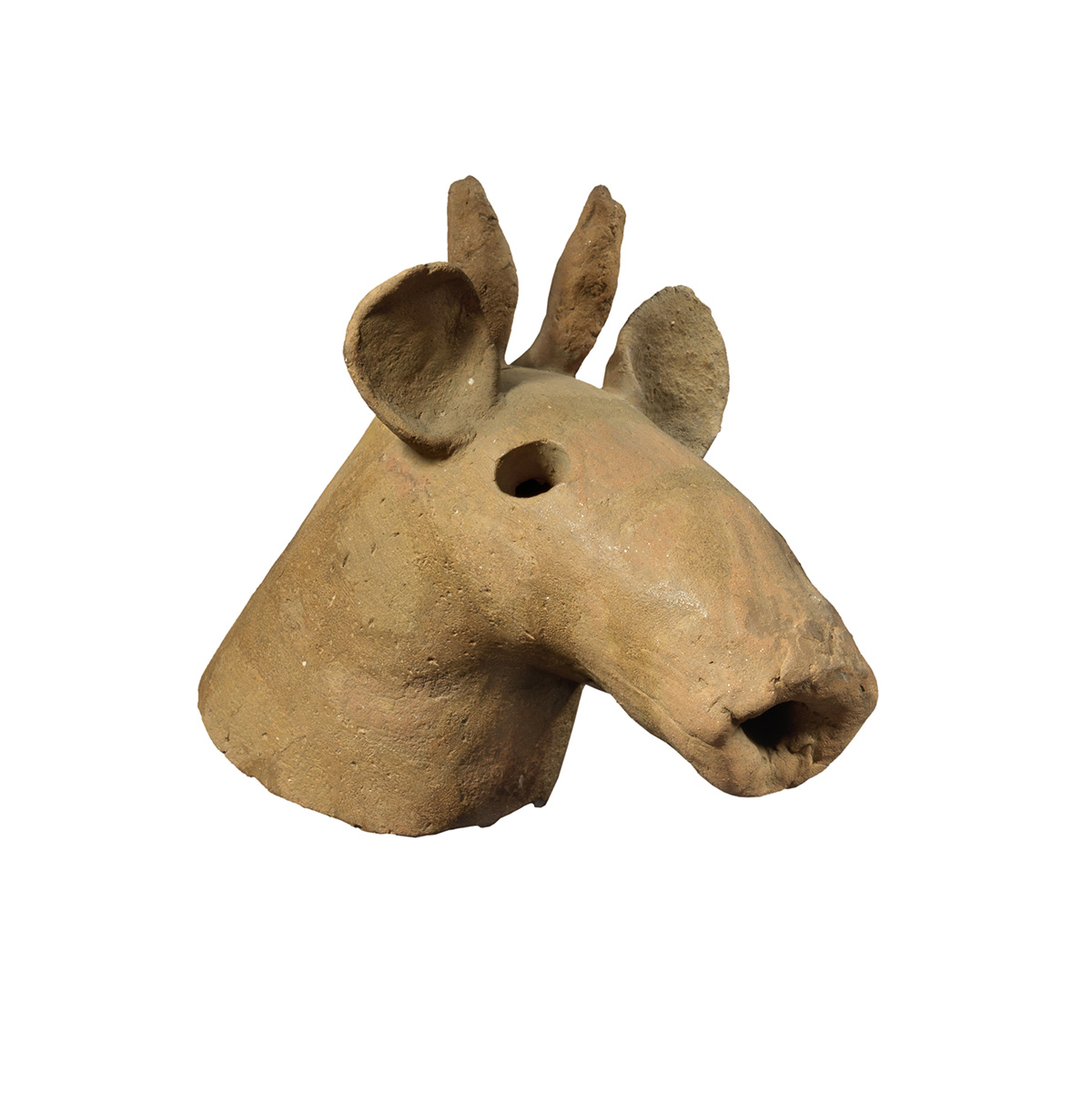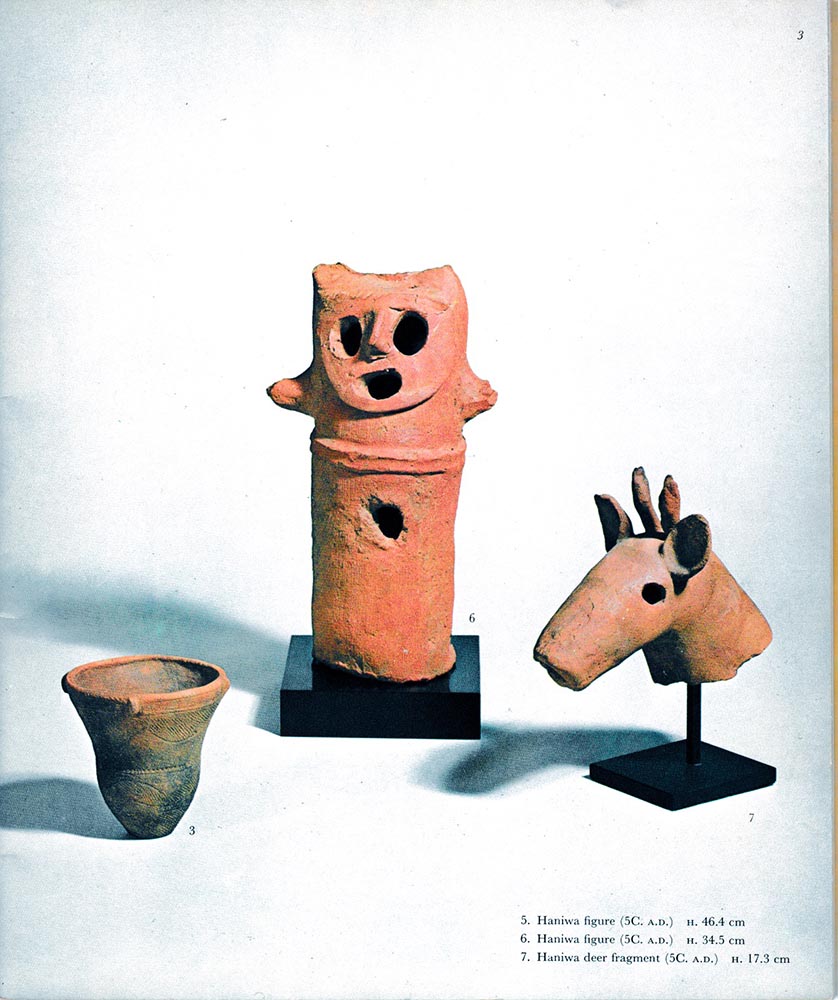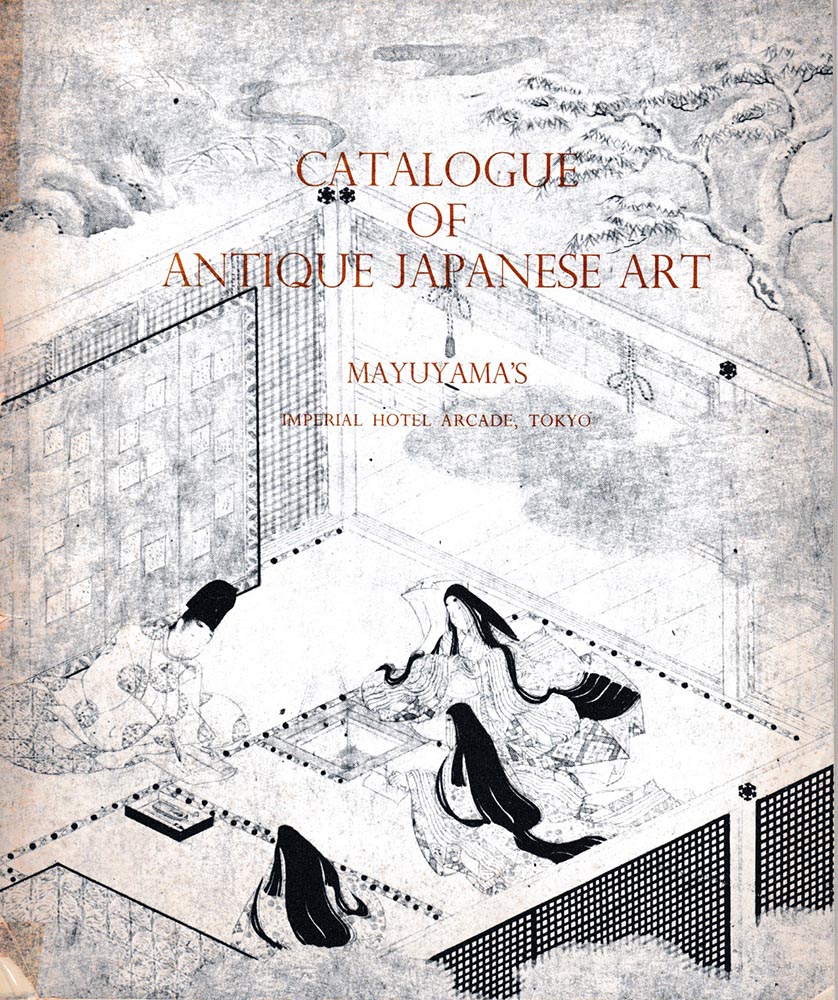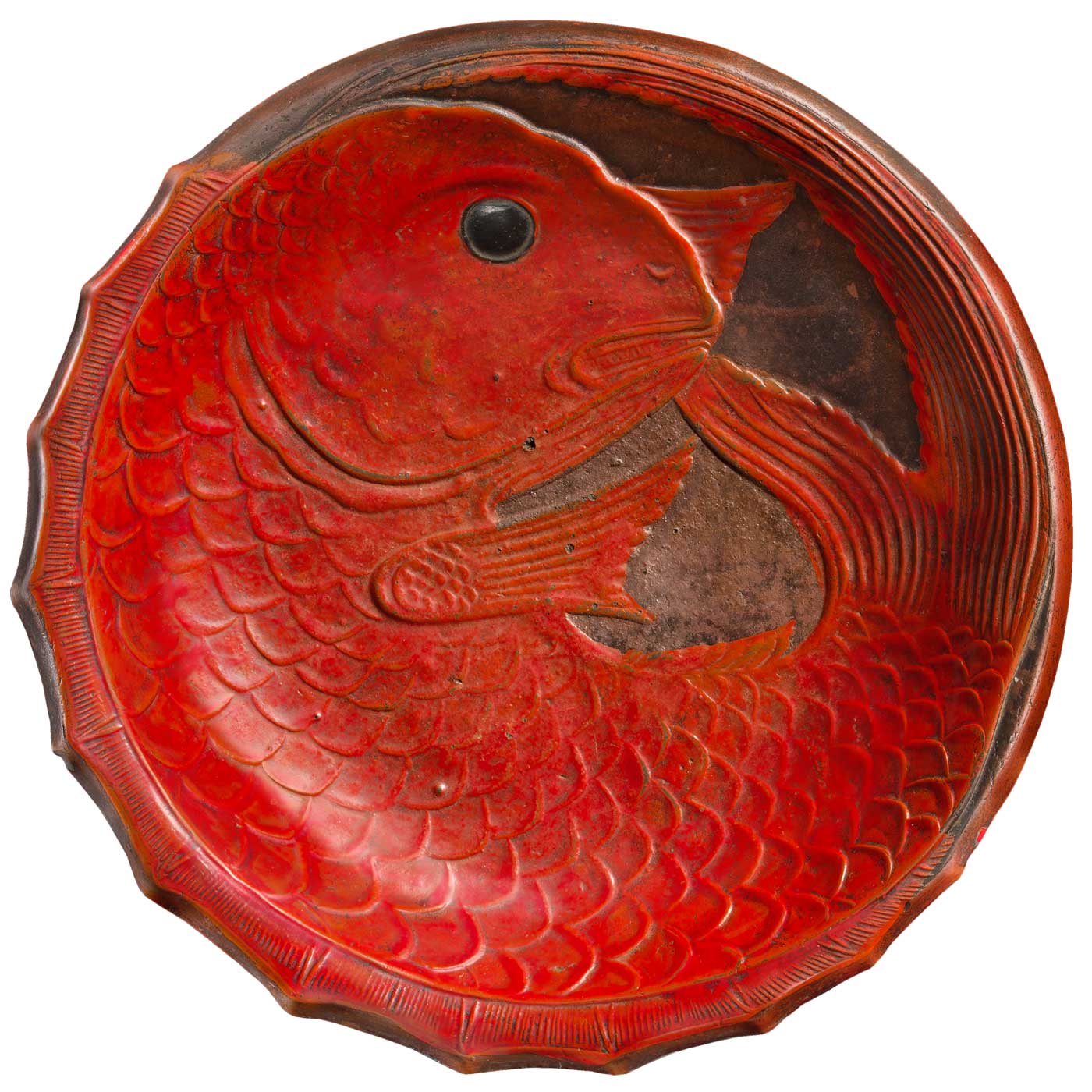Biche Haniwa
Céramique
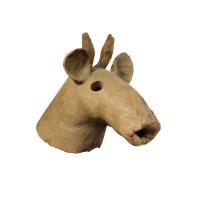
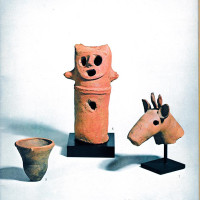
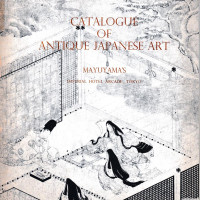
- Nous Contacter
-
Matériel
Earthenware
-
Taille
Dimensions: H. 22cm; W. 17 cm
-
Période
Period: Kofun period (ca. 250-538 AD)
-
Boîtes
Boîte en bois (awasebako)
-
Datation Scientifique
TL test confirming the datation : ca. 5th-early 6th century
Description
Similar one in the MET NYC
http://www.metmuseum.org/collection/the-collection-online/search/50310
Haniwa (Hollow Clay Sculpture) of a deer
The earliest haniwa, dating to the late third century A.D., were simple clay cylinders. Houses and animals as well as ceremonial and other objects appeared in the late fourth century, while figural haniwa were created in the fifth and sixth centuries.
Haniwa were placed at the top of the burial mound, in the center, along the edges, and at the entrance of the burial chamber of enormous tombs constructed for the ruling elite during the Tumulus, or Kofun (ca. 250-538 AD), period. These tombs were generally covered with large mounds of earth and were often shaped like keyholes and surrounded by moats. Keyhole-shaped tombs spread throughout Japan from the Kansai (Osaka-Nara-Kyoto) region. Their diffusion is often understood to reflect a parallel spread of political power as Japan, which had been divided into a series of loosely related domains, was gradually organized into a unified state with a central government. The arrival of immigrants from Korea, and possibly others parts of mainland East Asia, provided one impetus for changes in political organization and related burial practices.
